Keeping your fishery safe in summer
Whilst the warm days of summer provide freshwater fish with a period of plenty this is also a time of potential jeopardy for freshwater fisheries
The halcyon days of summer provide freshwater fish with a period of plenty. With their metabolisms running at top whack and natural food in abundance, fish can grow quickly and wax fat, thereby ensuring that they can face the next winter in the best condition.
For every opportunity there is danger
For every opportunity there is a danger, and summer is also a period of potential jeopardy for freshwater fisheries and the fish they support. Of the several threats they face, one stands out as both serious and largely preventable… deoxygenation. Fish require access to an adequate supply of oxygen all the time and even a brief period without this can lead to ill-health, fish mortalities and complete kills.
Back to basics
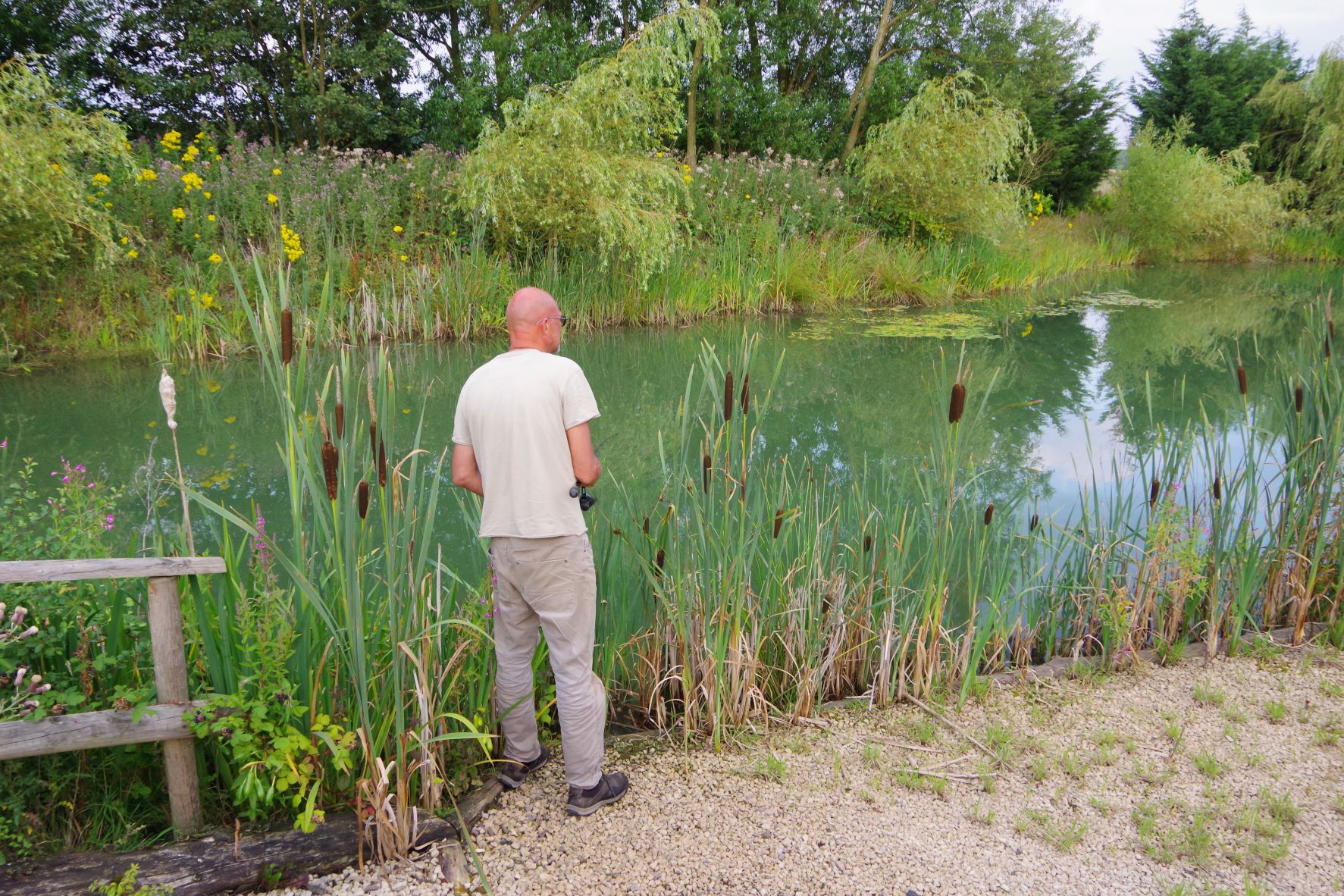
A typical algal bloom in a small fishery
At the heart of the problem is the growth of large quantities of water plants, fuelled by ample supplies of nutrients – especially phosphates – and lengthy periods of sunshine. In these conditions the rooted vegetation or the suspended algae which stain the water green or green-brown becomes prolific. During the day they photosynthesize by using carbon dioxide and giving off oxygen, which dissolves in the water.
However, this process reverses after dark and the plants behave like animals… using up oxygen and releasing carbon dioxide. This diurnal day-to-night variation in dissolved oxygen is natural but becomes more pronounced during hot sunny weather.
The warmer water becomes, the less dissolved gas it can hold, as this simple example demonstrates. Remove a cold bottle of beer from the fridge, open it and pour it into a glass. Chances are the beer will give off a steady stream of small bubbles – in this case, carbon dioxide – that rise to the surface. Now take out an identical bottle but leave it in strong sunlight for a few hours. When the cap is removed, the beer is likely to turn violent and froth out of the bottle; when poured into a glass, it will foam over the rim.
The only difference between the two bottles is the temperature of the beer, but the effects of opening them are dramatically different.
Tik-Tok
In stillwater fisheries which support lots of submerged water plants, daytime oxygenation can become so pronounced that a dissolved oxygen (DO) meter can record readings in excess of 100% saturation. The probe is not only measuring the dissolved oxygen content but also the oxygen bubbles that are rising through the water en-route to the surface. The water can be literally fizzing.
Such is the impact of strong photosynthesis that readings of 120%, 150% or – in extreme cases – 200% saturation can be detected. But the higher the values during the day, often peaking in early afternoon, the lower they will fall after dark – rather like a pendulum or a swing. The lowest dissolved oxygen content is usually just before dawn after aquatic plants and animals have spent all night using it up.
Although it is an easily understood way of representing the DO values, fish do not require certain percentages of oxygen-saturated water; they need an absolute amount. For coarse fish, the red danger line is usually considered to be about three milligrams of dissolved oxygen per litre of water (3mg/l) and for trout – 5mg/l. If the night-time oxygen sag drops below those values, your fish are in imminent danger of suffocation and intervention is essential.
Very, very frightening
Summer thunder and lightning and the intense rainfall that storms bring are also red warning periods for fishery owners. The sudden influx of cold rain on warmer lake water renders the conditions unstable, rather like vinegar being added to a bottle of salad-dressing oil. The consequence is that the water column flips upside down with cooler, denser water falling to the bed and warmer, less dense water rising to the surface. In doing so, it can bring with it silt and other sediments which lie on the lake bed. The classic consequence is that the water turns dark brown or black in colour because of this suspended sediment.
This colour prevents light penetration and starves submerged plants of sunlight. Where there are dense algal blooms, for example, the algae then sink to the lake bed in huge numbers and die, becoming a new food source for bacteria just waiting for a decent meal. The bacteria multiply rapidly and quickly strip oxygen from the water.
This ‘algal crash’ can cause sudden and almost complete deoxygenation. Fish will try to overcome this by gasping at the water surface and may do so en-masse, but this offers only temporary relief. Within a brief period of time, deaths can occur and large or complete fish mortalities can ensue.
Monitoring
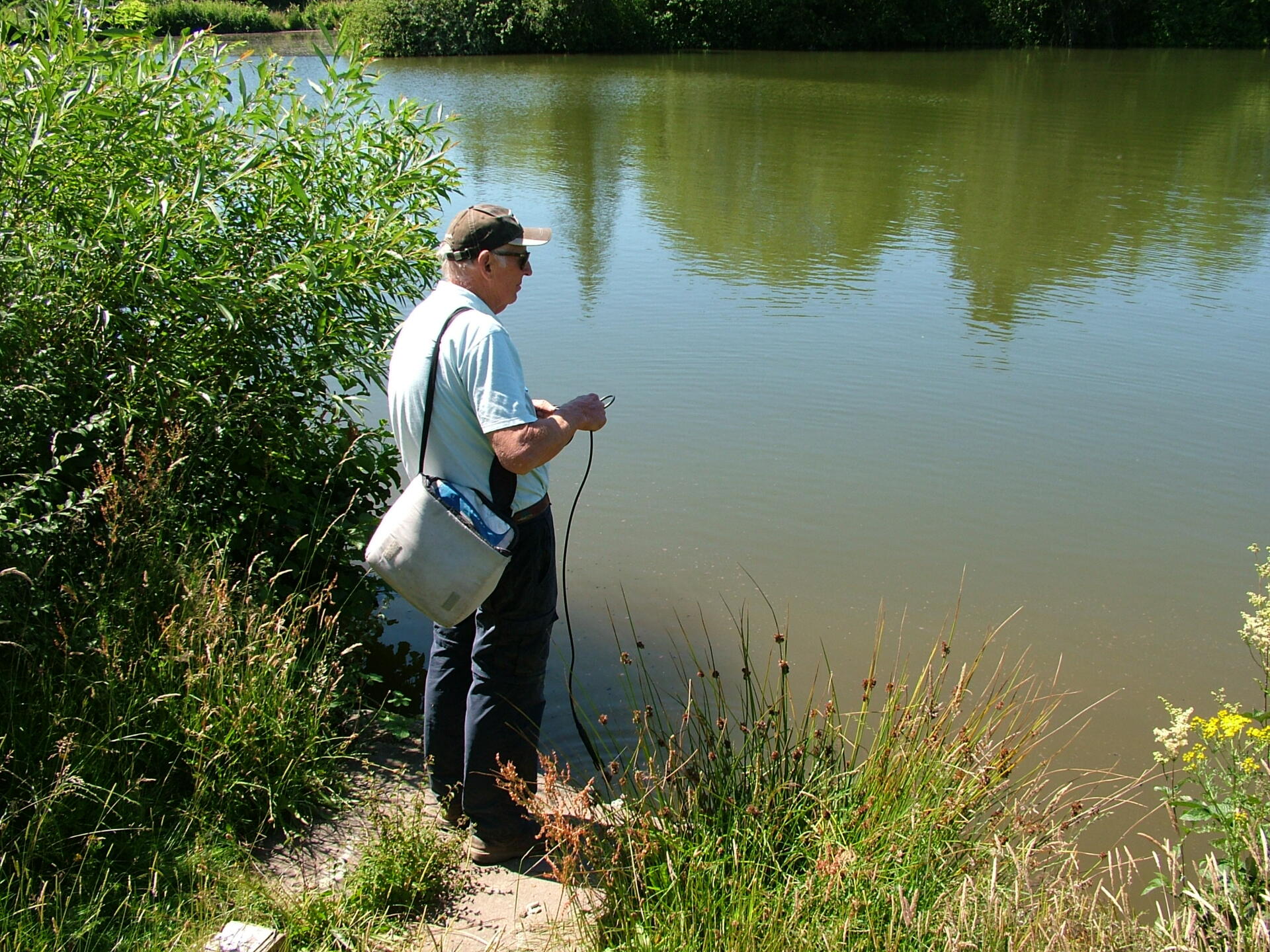
Regular monitoring of dissolved oxygen in water can help avoid algae problems
Regular monitoring of dissolved oxygen levels with a hand-held meter preferably daily or twice daily will enable the detection of danger ahead. Readings should be taken at the same time(s) each day and logged so that abnormally high or low readings serve as early warnings and can be acted upon. The response to very high daytime dissolved oxygen readings could be to deploy aerators after dark, when a large oxygen sag may well occur.
Orange water
Although such phenomena are not common, there are two other non-pollution reasons for algal crashes. Sometimes suspended algae merely run out of nutrients and die from starvation, resulting in deoxygenation similar to that caused by thunder storms. Occasionally, the number of algal predators such as Daphnia (‘water-fleas’) over-graze these minute plants to virtual eradication, causing the water to become unusually clear.
The reason for what has happened is evident by the swarms of orange water-fleas in the water, a glut of highly-visible, easily-caught food that fish plunder. The problem is that without oxygenation by the phytoplankton (very small suspended plants), water deoxygenation can occur. Those zooplankton (minute invertebrates) that aren’t eaten themselves die of starvation and, now unrestricted by predation and with their forebears’ nutrients rapidly recycled, algal numbers build up again and the water become coloured.
Don’t gimme shelter
In addition to rainfall, wave action is a major contributor to the dissolved oxygen in lakes and ponds. It follows that if fisheries are mostly or completely sheltered – for instance, by trees and shrubs or by earth embankments – they are at greater risk of deoxygenation than more open bodies of water across which winds can blow unhindered. The judicious removal of low-value trees and shrubs around enclosed fisheries can aid oxygenation by encouraging wind and wave action. Some tall tree species are suitable for pollarding to head height or coppicing to the ground, notably both alder and willow.
Problem prevention
By adopting sensible fishery management practices, fishery managers and owners can prevent or greatly reduce the risks of most deoxygenation disasters. Some typical problem-prevention actions are summarised below, but I will go into more detail in another article.
Silt prevention and control
The physical removal of silt is messy and expensive, but it may be the only practical means of removing nutrients and deepening the water. The use of chalk or limestone compounds is far cheaper and very cost effective, albeit less instant. It’s an operation best undertaken during the winter months.
The removal of large rafts of floating tree leaves in the autumn, before they become waterlogged and sink, can also reduce siltation, especially in windward corners.
The diversion of any feeder stream around the fishery, rather than through it, can also reduce siltation and nutrient enrichment. Installing silt traps on any feeder streams are a standard and worthwhile measure that can protect the fishery from progressive silt inundation
Control of water plants
Consider the manual removal by raking or cutting of excessive growth of submerged, rooted water plants. However, this is a practical operation which is only viable on small water bodies as the mass of removed weed can be huge. On larger lakes, the use of cheap but harmless water dyes can help ‘shade out’ the plants in all but the marginal areas. There is now a range of dye colours rather than merely the original, garish deep blue version. Deployed correctly, they are excellent.
Barley water is good for you!
Dense algal blooms can be prevented by deploying barley straw in the fishery’s upper layers or through the regular addition of barley-straw extract during the summer months.
Aeration
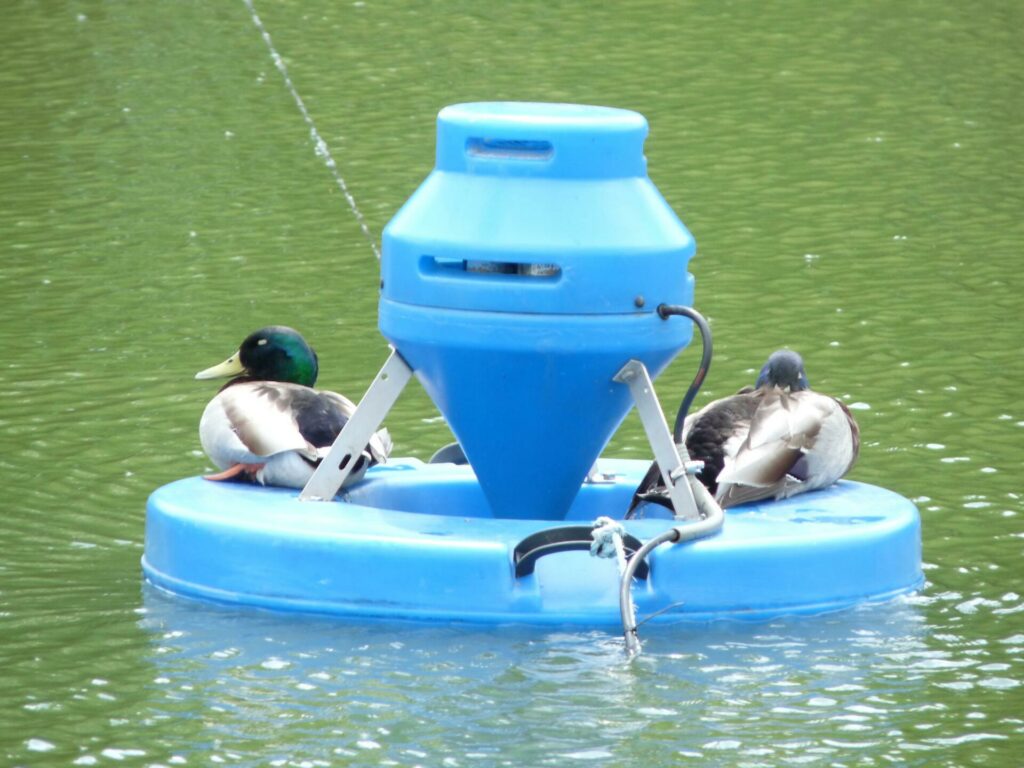
Aerators can prevent deoxygenation in summer months
Water aerators come in three types – surface agitators that throw water into the air such as fountains and paddle-wheel aerators; air injectors or ‘blowers’ that suck in air and force it out under water via pumps and propellers; and diffusers that generate air bubbles in leaky air pipes or air stones set on the lake bed much like aerators in home aquaria. They can be powered by mains electricity, solar panels, mini-windmills to charge heavy-duty batteries, gas bottles and fuelled generators.
The critical feature of all forms of aeration is to split up the water or air into as many droplets or bubbles as possible. This vastly increases their combined surface areas and ensures enhanced aeration capability.
Sustainable fish stocks
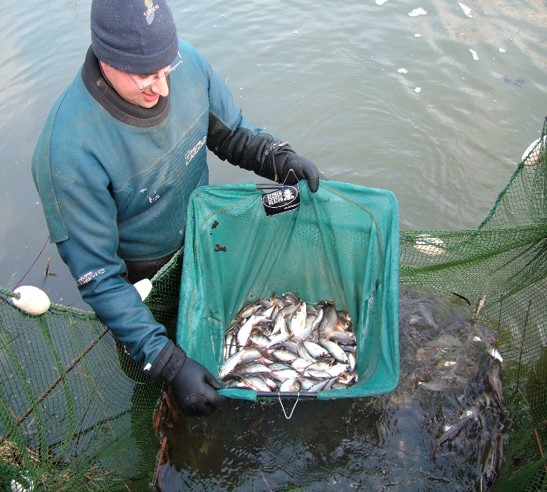
Periodic fish removal can keep stock levels in check and prevent problems
The heavy stocking of fish to densities way above what can be sustained naturally, even with anglers’ baits, is a sure-fire way of loading the dice in the devil’s favour. Keeping stock densities at sensible levels can ward off the evils of fish disease or suffocation, even if that means periodic fish removals to keep stock levels in check and prevent problems such as the spread of disease.
Spray no more
One of the most cost-effective options for controlling excessive growths of submerged water plants in fully enclosed water bodies used to be through the controlled use of appropriate, biodegradable herbicides. But EU legislation and – in my opinion – unjustified changes to British law have heralded the removal of virtually all the tools in the fishery manager’s chemical toolbox.
Don’t panic – Plan
Emergency disaster planning should go hand-in-hand with problem prevention. The last thing you should be doing if big problems arise is to run about like a headless chicken, desperately trying to locate and hire water pumps, install aerators or deploy compressors while fish are gasping for survival. With a well-prepared, comprehensive emergency plan, it should be possible to swing into action swiftly, smoothly and efficiently if the worst happens.
A plan should set out: where pumps, compressors or aerators are stored or from whom they can be borrowed/hired at short notice; information about power or fuel supplies with which to run the devices; contact details for others who might provide assistance including the nearest Fire Service station if – beforehand – you have established that they will turn out if fish life is threatened.
Water expelled by pumps should be in lots of small droplets rather than a more dramatic but less effective jet. As with aerators, the smaller the droplets, the greater the uptake of oxygen as they fall through the air and, hence, the better the aeration.
So… direct the water jet onto an old door, a sheet of corrugated iron, bankside rocks or whatever is available to greatly enhance its aeration impact. Be prepared to keep the emergency action(s) going for several days if there has been an algal bloom crash as the decomposing bacteria will be using up oxygen almost as fast as you supply it until the dead algae have been ‘eaten.’
Other help
An Environment Agency booklet on this subject – ‘Deoxygenation – Practical Self-Help For Fishery Owners & Managers’ – much of which I wrote – explains how to prepare an emergency plan and enact it if an oxygen ‘crash’ takes place. The guide provides lots of useful advice and tips which should help prevent disastrous summer fish kills.
The guide can be viewed and downloaded from my website at: www.bruno-broughton.co.uk using the ‘downloads’ link.
And finally…
Many summer fish kills are avoidable with proper planning and rapid action. It is essential that a contingency plan is ready-to-go in case the worst happens. Sadly, it will almost certainly prove to be too late if you have to start from scratch once fish are in trouble. In emergencies, use the Environment Agency free 24-hour incident hotline on: 0800 80 70 60.
Further information
For further, comprehensive information on how to improve the management of your fishery, please don’t hesitate to contact me, if only for a (free) chat or correspondence:
Dr Bruno Broughton B.Sc. (Hons), Ph.D., F.I.F.M., C.Env.
Tel: 01952 691515; Mobile: 07804 651402
Email: bruno.broughton21@gmail.com
Website: www.bruno-broughton.co.uk
Similar articles
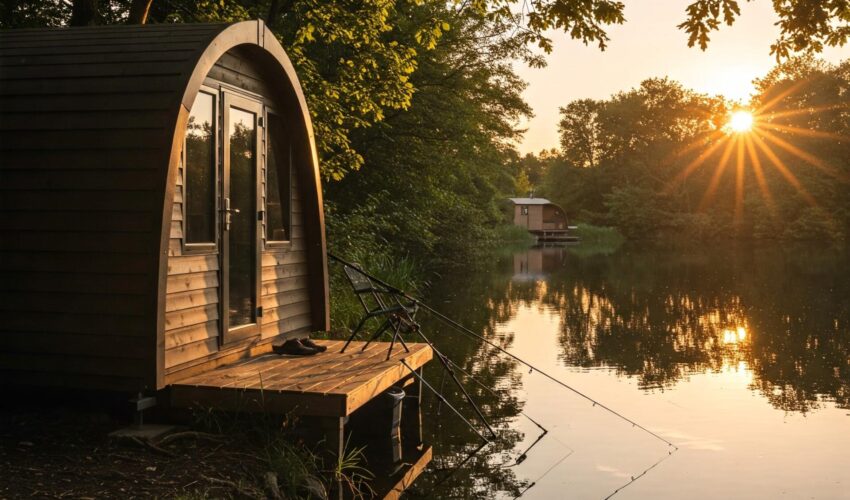
A guide to adding accommodation for fisheries
How to increase the income of your fishery by adding accommodation for anglers in the form of lodges, huts, cabins, pods and other modular buildings to your fishery venue.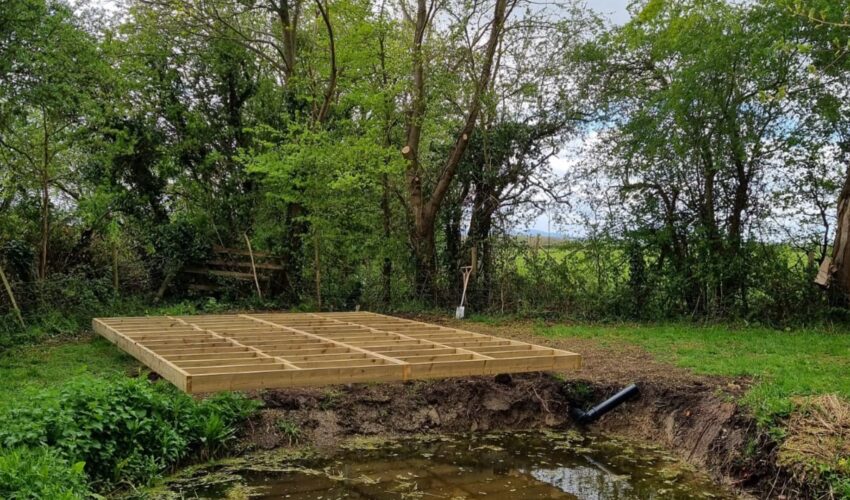
How to install foundations at your fishery
We delve into the challenges of waterside construction, outlining the advantages and disadvantages of various foundation types, and learn how to create durable, long-lasting structures that add value to your fishery.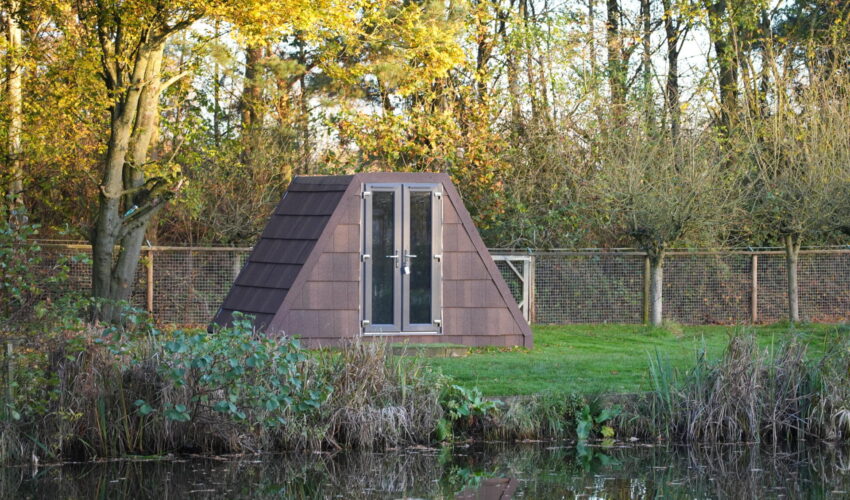
The latest angling pods hit the fisheries market
Join the growing number of fisheries which are boosting their income by installing Tardis Angling Pods – providing their customers with comfort and convenience while adding real profit to the bottom line.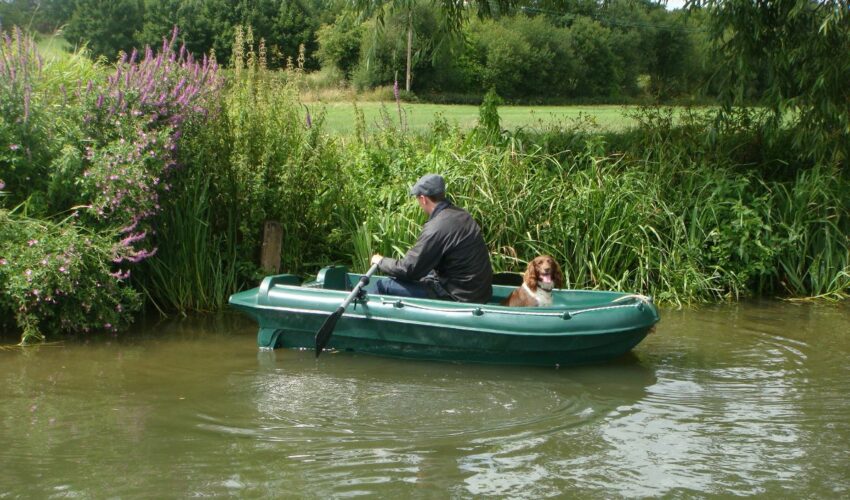
How to choose the right type of boat for your fishery
Whether you are a fishery owner looking for a boat to maintain your lakes or wanting a fleet of boats to let your own anglers get out on the water, choosing the right type of boat for the job can…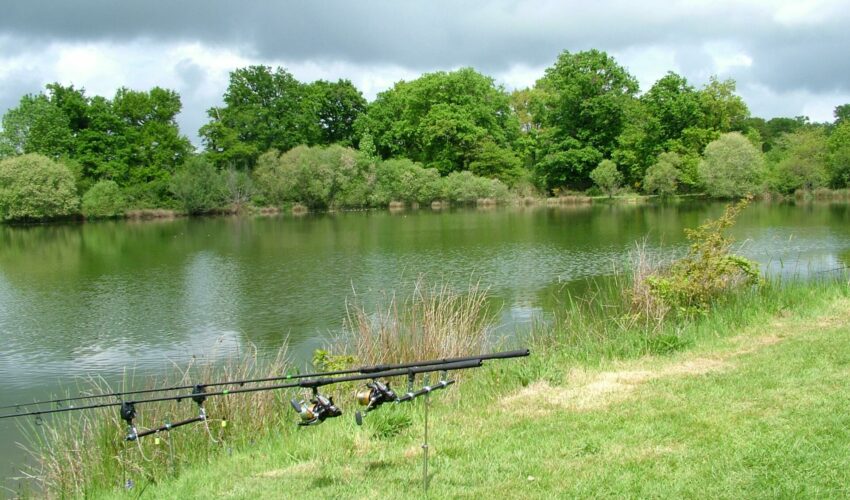
How lake fertilisation can improve your fishery and fish
Resident fishery management expert Bruno Broughton explores how lake fertilisation can help improve your fishery and explains how to go about it.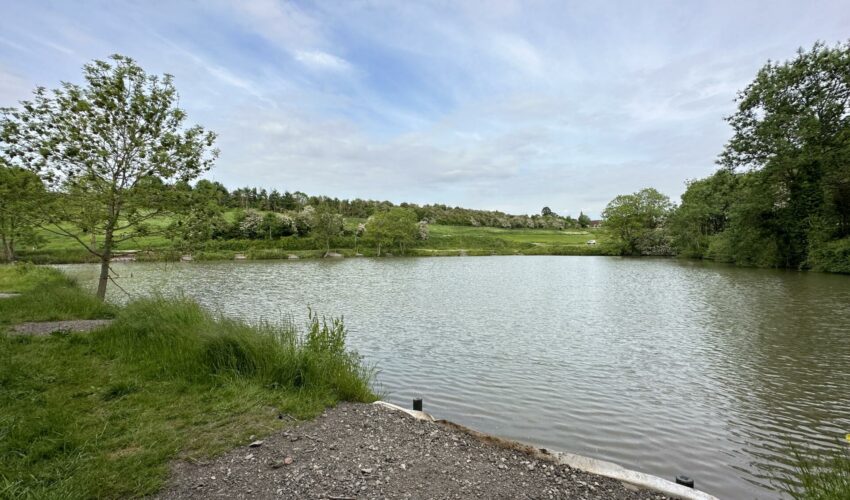
Make more money from your fishery!
Our ‘Top 10 Tips’ on how to make more money from your fishery this year. Not all are easy and most require some investment – but they will definitely help to increase the revenue from your fisherySearch by Region or County
Find new places to go fishing in your local area or county by choosing your destination below










Comments